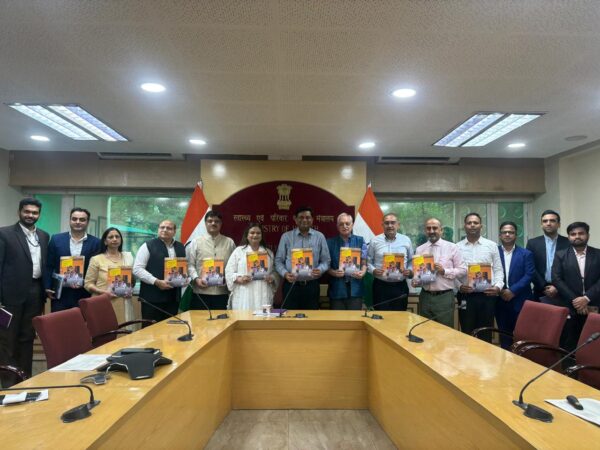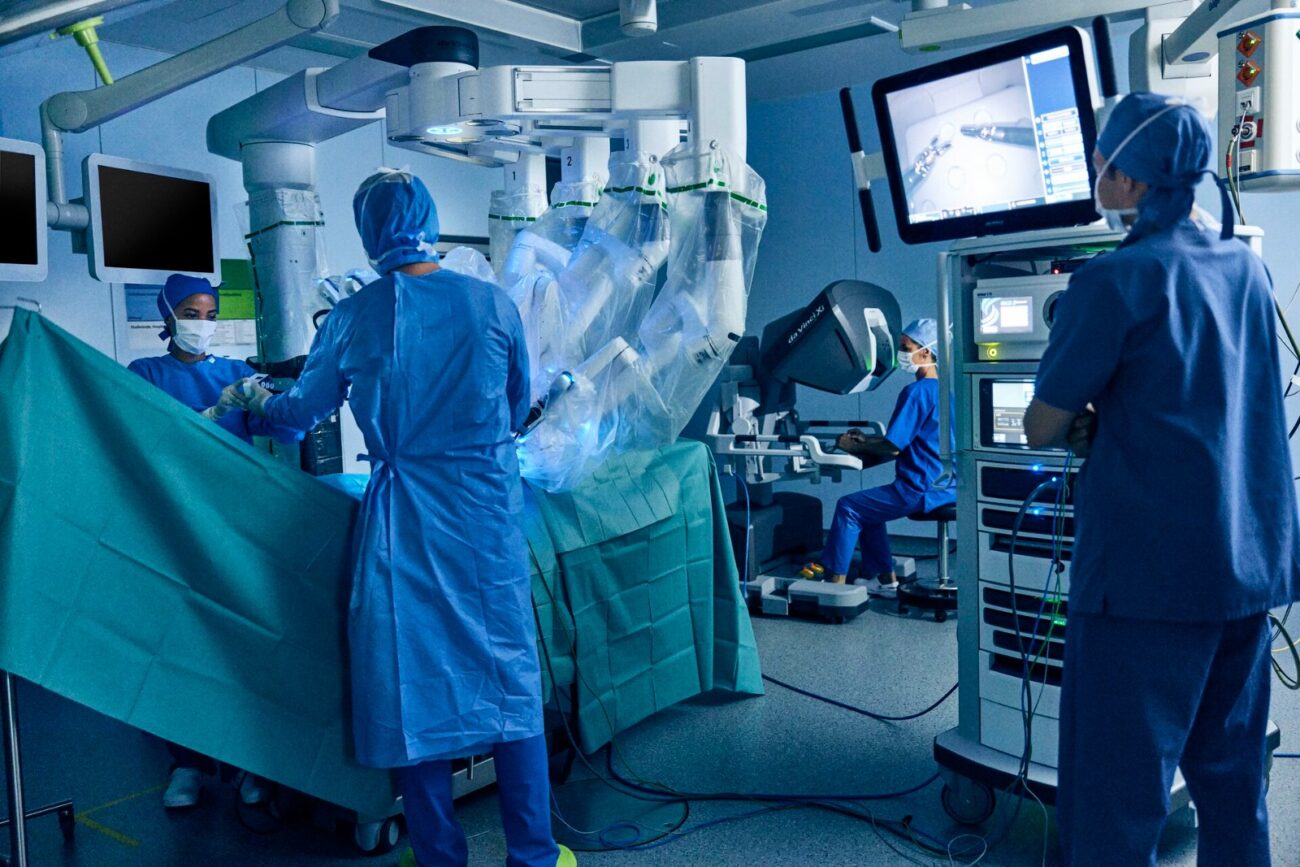Indian pharmaceutical industry likely to reach US$ 130 billion by 2030: FICCI-EY Report ‘Decoding India’s Healthcare Landscape’
Need to add 30 lakh new hospital beds; aim to reach 100% health insurance coverage to achieve India’s healthcare vision 2047 Mr Apurva Chandra, Secretary, Health & Family Welfare, Government of India today released the

- Need to add 30 lakh new hospital beds; aim to reach 100% health insurance coverage to achieve India’s healthcare vision 2047
Mr Apurva Chandra, Secretary, Health & Family Welfare, Government of India today released the FICCI-EY report – ‘Decoding India’s Healthcare Landscape’. The report highlights India’s remarkable strides in the healthcare sector over the past decades, emphasizing the concerted efforts to enhance accessibility, quality, and innovation, thus paving the path towards a healthier and more prosperous future for all.
Key Achievements:
- Healthcare Expenditure: Healthcare expenditure as a % of India’s GDP has shown a significant upward trend, indicating a growing acknowledgment of healthcare investment importance. Starting at 0.9% in 2003-04 and rising to 1.2% by 2014-15, the latest data from 2022-23 demonstrates a substantial increase to 2.1% of GDP. The steady decrease in Out-of-Pocket Expenditure (OOPE) from 64.2% in 2013-14 to 48.2% in 2018-19 signifies an improvement in the accessibility and affordability of healthcare services
- Health Indicators: India has made significant progress in improving the key health indicators such as infant mortality, maternal mortality, and neonatal mortality rates.
- Revolutionizing Healthcare Infrastructure:The country has witnessed an increase in the number of government hospitals, medical colleges, and healthcare infrastructure. This expansion has been crucial in accommodating the growing healthcare demands of the population. Consequently, share of public healthcare institutions both in OPD and IPD have increased since 2014. In the last two decades, the number of medical colleges has nearly tripled. Since 2014, the number of medical colleges have increased by a CAGR of 5.9%. The significant increase in the number of medical colleges and MBBS seats over the years reflects a concerted effort to address the growing demand for healthcare professionals in India
- Expanding Healthcare Workforce: India has witnessed a significant increase in the number of medical colleges and MBBS seats, addressing the growing demand for healthcare professionals. Moreover, there has been a surge in the utilization of public health facilities, accompanied by an increase in the count of registered nurses. The number of registered allopathic doctors witnessed substantial growth, rising from 6,60,801 in 2005 to 13,08,009 in 2022
- Pharmaceutical Industry:India ranks third globally in pharmaceutical production by volume, known for its generic medicines and low-cost vaccines. The country is a major supplier of essential vaccines, catering to a significant portion of global demand. As per a latest report by FICCI the total market size of Indian pharmaceutical industry is expected to reach US$130 billion by 2030. India accounts for 60% of global vaccine production & Pharmaceutical exports standing at 3 times the import
- Rising Medical Value Travel:India remains an attractive destination for medical value travel. The implementation of the National Strategy and Roadmap for Medical and Wellness Tourism has led to a substantial increase in medical tourists visiting India (10.8% increase in medical tourists from 2012 to 2022). This growth underscores the success of initiatives aimed at branding India as a healthcare destination and enhancing accessibility for medical travellers
- Digital Health Revolution:The Digital India program has revolutionized the healthcare sector in India, bringing about remarkable changes. Initiatives like the Ayushman Bharat Digital Mission, CoWIN App, Aarogya Setu, e-Sanjeevani, and e-Hospital have extended healthcare facilities to every part of the nation. Through these endeavours, the existing gap among different stakeholders in the healthcare ecosystem has effectively narrowed down using digital avenues
- Increasing Bed capacity: The bed capacity in Government hospitals across India has consistently grown from 4.7 lakh beds in 2005 to 8.5 lakh beds in 2021
Key imperatives to achieving India’s healthcare vision 2047:
- Increase the number of qualified doctors to more than 50 lakhs, to achieve double the current global average of 16 doctors per 10,000 population and closer to average of the developed countries
- Increase the number of nurses to more than 1.25 to 1.5 crores, to achieve closer to the average of developed countries
- Add 30 lakh more hospital beds, to achieve closer to the average of developed countries
- Achieve 100% population with health insurance coverage
- Establishing one medical college in every district of India
- Reducing the share of drug costs in out-of-pocket expenditure
- Accelerate digitally enabled healthcare access, by achieving 100% registration of healthcare professionals onto ABDM healthcare professional’s registry






